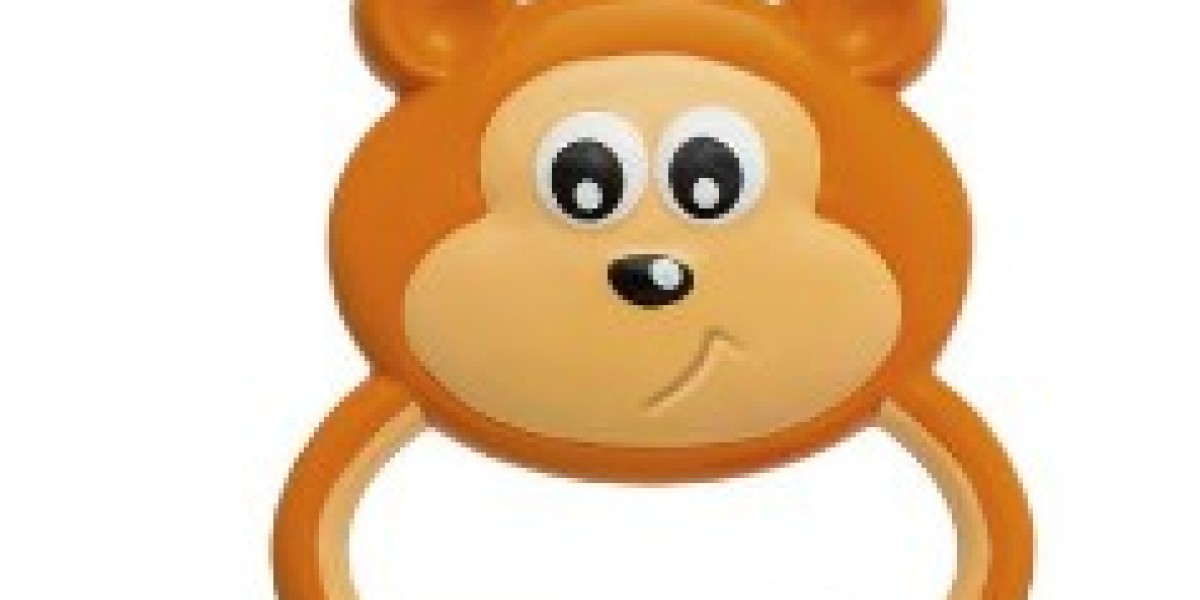Selecting the right toys for kids can significantly influence their development, playtime enjoyment, and overall growth. As children progress through different stages of development, their play needs and interests change. This guide outlines essential toys for various age groups, ensuring that every child has access to the best play experiences tailored to their developmental milestones.
Infants (0-12 Months)
During the first year of life, babies experience rapid physical and cognitive growth. Toys for this age group should focus on sensory stimulation and motor skill development.
1. Soft Rattles
Description: Lightweight rattles with bright colors and varying textures.
Benefits: Encourage grasping, hand-eye coordination, and auditory development as babies shake and explore.
2. Activity Play Gyms
Description: Colorful mats with hanging toys.
Benefits: Promote tummy time, visual tracking, and reaching skills while providing sensory stimulation.
3. Teething Toys
Description: Soft, chewable toys designed for teething relief.
Benefits: Help soothe gums and encourage exploration through tactile feedback.
Toddlers (1-3 Years)
As children transition from infancy to toddlerhood, their play becomes more interactive and imaginative. toys for kids in this age group should encourage creative play and fine motor skills.
4. Building Blocks
Description: Colorful, lightweight blocks in various shapes and sizes.
Benefits: Foster creativity, spatial awareness, and fine motor skills as toddlers stack and create structures.
5. Shape Sorters
Description: Toys with various shapes that fit into corresponding slots.
Benefits: Enhance problem-solving skills and hand-eye coordination while introducing basic geometry concepts.
6. Musical Instruments
Description: Simple instruments like tambourines, maracas, and xylophones.
Benefits: Promote auditory skills, rhythm, and creativity through music exploration.
Preschoolers (3-5 Years)
Preschoolers thrive on imaginative play and begin to engage in social interactions. Toys for kids at this stage should encourage creativity and collaborative play.
7. Pretend Play Sets
Description: Play kitchens, tool sets, or doctor kits.
Benefits: Foster imaginative play and social skills as children role-play different scenarios.
8. Art Supplies
Description: Crayons, markers, paint, and paper.
Benefits: Encourage self-expression, creativity, and fine motor skills through artistic exploration.
9. Puzzle Games
Description: Age-appropriate jigsaw puzzles with large pieces.
Benefits: Promote cognitive skills, problem-solving, and hand-eye coordination.
Early Elementary (5-7 Years)
As children enter early elementary school, their play becomes more structured, and they often begin developing specific interests. Toys for kids in this age group should support learning and teamwork.
10. STEM Toys
Description: Science kits, building sets, and coding games.
Benefits: Encourage critical thinking, problem-solving, and an interest in science, technology, engineering, and math.
11. Board Games
Description: Simple board games designed for young players.
Benefits: Foster social skills, turn-taking, and strategic thinking in a fun and engaging way.
12. Sports Equipment
Description: Age-appropriate sports gear like balls, frisbees, or jump ropes.
Benefits: Promote physical activity, coordination, and teamwork while fostering a love for sports.
Older Kids (7+ Years)
As children grow into older kids, their play becomes more complex, often reflecting their interests and social circles. Toys for kids in this age group should encourage independence and critical thinking.
13. Construction Sets
Description: Advanced building sets like LEGO or model kits.
Benefits: Enhance creativity, engineering skills, and fine motor skills through complex building projects.
14. Creative Writing and Drawing Kits
Description: Journals, writing prompts, and advanced art supplies.
Benefits: Encourage self-expression, storytelling, and artistic skills as children explore their imagination.
15. Video Games
Description: Age-appropriate video games that encourage problem-solving and creativity.
Benefits: Provide entertainment while enhancing cognitive skills and coordination.
Conclusion
Choosing the best toys for kids involves understanding their developmental needs at every stage of life. From sensory toys for infants to STEM toys for older children, the right toys can foster creativity, cognitive growth, and social skills. When selecting toys, consider safety, educational value, and the interests of your child to ensure they have the best play experiences possible. Engaging play not only promotes learning but also creates cherished memories that last a lifetime.



